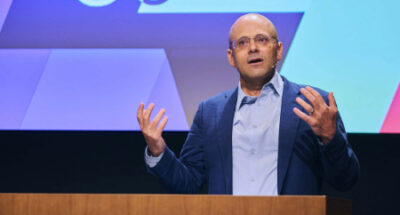When LEGO Chairman and former CEO Jørgen Vig Knudstorp was asked about the culture he wanted to build as the maker of toy bricks, he had a simple answer: “The culture I’m trying to create is one where every year, when we celebrate another record result, I get up on the beer box and say, ‘Thank you for doing all of the things I never asked you to do.’ I don’t want to control. I want to create context. I want to create clarity of culture and strategic choice, but then I want people to surprise me.”
His message is clear: if you want your employees to express their creativity, you need to build corporate playgrounds where people feel empowered and are given time to experiment, take risks, and embrace failure.
Vig Knudstorp became CEO of the Danish toymaker in 2004, shortly after the company had a brush with bankruptcy. By fostering a culture that led to creative breakthroughs – such as the launch of a new product line, LEGO Friends, targeted at girls, and the LEGO Ideas Platform, which invites fans to submit their designs for LEGO sets – he was able to turn yearly losses into a healthy profit and ensure the survival of the iconic brand.
A decade later, the challenges brought by climate change, rising inequality, and rapid technological advances are forcing businesses to find new ways of operating and working. Transforming organizations will only be possible if we give employees space for creative and critical thinking. So, how can you go about it?
The foundation of any creatively inclined team is psychological safety, where team members can express their ideas without fear of ridicule or retribution. Leaders like Satya Nadella of Microsoft have championed this approach by shifting the company culture from a “know-it-all” to a “learn-it-all” mindset.
The next step on the path to greater creativity is to stimulate risk-taking. Apple’s Steve Jobs encouraged his team to “think different” to push the boundaries of what is considered possible. This approach led to revolutionary products like the iPhone and the iPad, which not only transformed consumer electronics but also set new benchmarks for innovation.
One way to encourage your workers to take more risks is to reduce the number of rules. When Mary Barra, now CEO of General Motors, was responsible for HR at the US automaker, she tore up an 18-page rule book on the dress code and replaced it with two words: dress appropriately. While some managers were initially reluctant to accept this new autonomy, Barra argued the aim was to remove unnecessarily complex and restrictive barriers that stopped people from doing their best work. By relaxing the dress code, she was sending a signal that she trusted employees to be themselves and make good decisions.







 Audio available
Audio available